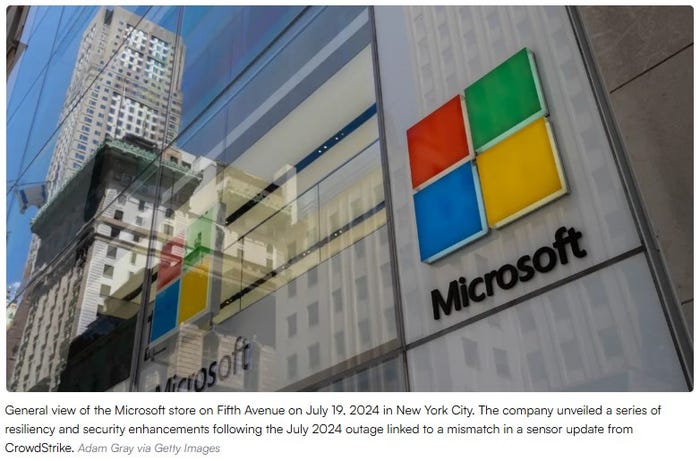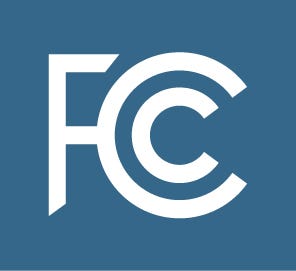What to expect from America’s next (last?) 5G spectrum auction
.png?width=1280&auto=webp&quality=95&format=jpg&disable=upscale)
The FCC is scheduled to start auctioning 2.5GHz spectrum licenses around the country later today (Friday, July 29). However, analysts don’t expect much interest beyond bids from T-Mobile.
Perhaps more importantly, the FCC does not have any other 5G spectrum auctions scheduled. That positions today’s – dubbed Auction 108 by the FCC – as perhaps the last auction of 5G spectrum for the foreseeable future.
Spectrum auctions are crucial events in the US wireless marketplace. Not only do they release airwaves that are critical to the operation of wireless networks, but they also help serve as a gauge for network operators’ overall ambition in the sector.
Indeed, the results of last year’s $81 billion C-band spectrum auction – which far exceeded even the most ambitious forecasts – helped shed new light on what’s at stake in the 5G industry.
But most analysts are moderating their expectations for Auction 108, to put it mildly. For example, the financial analysts at New Street Research warned investors that the auction might end with just $1.4 billion in total bids. The high end of the firm’s forecasts reaches just $5 billion in total bids.
With that as context, here’s what to expect from the FCC’s Auction 108, which is scheduled for a first round of bidding later today:
Who is bidding?
Earlier this month, the FCC unveiled its final lineup of the 82 qualified bidders for Auction 108, which will release roughly 8,000 spectrum licenses all around the country in the 2.5GHz band. However, most of those licenses are scattered haphazardly in primarily rural areas.
As noted by RCR Wireless News, AT&T, Verizon, T-Mobile and Dish Network all registered to bid in the auction. So did a number of smaller telecom operators like Carolina West Wireless, Cellular South Wireless, Copper Valley Wireless, Granite Wireless, Nex-Tech Wireless, Nsight and Union Telephone Company.
However, two important groups are missing from the lineup of potential 2.5GHz bidders: cable companies and investment firms.
To read the complete article, visit Light Reading.



